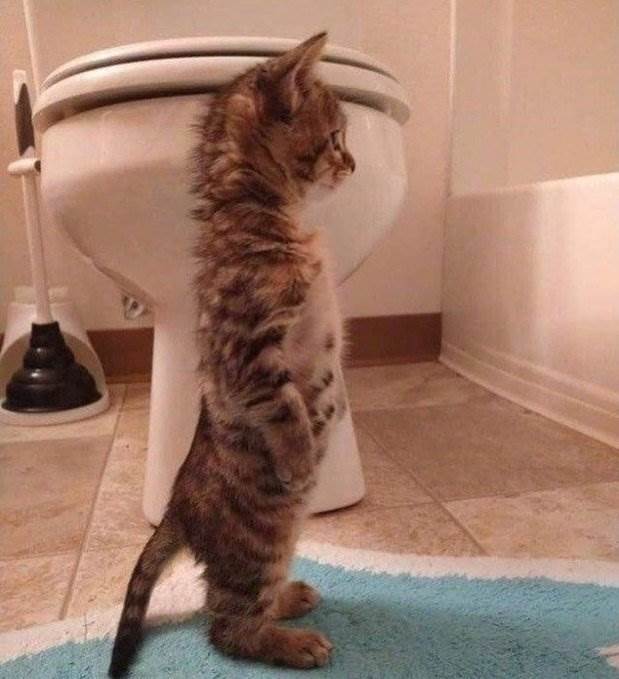

Cats are notorious for their quirky behaviors, often leaving their owners perplexed and amused. Among these antics, one that might catch your eye is seeing your feline friend standing tall on their hind legs, seemingly defying gravity. Before you start questioning reality, let's delve into this peculiar behavior and whether it warrants concern.
The Curiosity Behind Cats' Unusual Postures
Picture this: your cat suddenly stands upright, balancing on its hind legs as if mimicking a meerkat's alert stance. It's a sight that might leave you scratching your head, wondering what prompts such behavior. Fortunately, in most cases, there's no need to panic.
Cats often resort to standing on their hind legs as a means to communicate their desires, whether it's seeking attention, affection, or simply exploring their surroundings from a different vantage point.
Spotting Signs of Underlying Conditions
While the occasional display of bipedalism is usually harmless, frequent or prolonged instances of your cat standing on its hind legs could be indicative of an underlying medical issue. Here are three conditions to watch out for:
1. Diabetic Neuropathy: Navigating Nerve Damage
Poorly controlled diabetes can lead to a condition known as diabetic neuropathy, characterized by nerve damage.
This damage often manifests in the hind limbs, causing weakness and muscle deterioration. If you notice your cat resting its weight on its heels frequently, along with other symptoms such as increased thirst and frequent urination, it's crucial to consult a veterinarian for proper diagnosis and management.

2. Radial Agenesis: Twists and Turns
Radial agenesis, or radial hypoplasia, is a congenital condition where a cat's front limbs are abnormally twisted or underdeveloped. Cats with this condition rely more on their hind limbs for mobility, which may lead to them standing upright more often.
The severity of radial agenesis varies, and affected cats may exhibit partial or complete limb abnormalities.
3. Calcaneal Tendon Disorders: When Movement is Hindered
Injuries or degeneration of the calcaneal tendon, also known as the Achilles tendon, can significantly impact a cat's mobility. Traumatic injuries or prolonged wear and tear can result in tendon rupture, causing discomfort and lameness in the affected limb. Watch out for signs such as limping and muscle wasting, which may indicate a calcaneal tendon disorder requiring veterinary attention.
Conclusion: Understanding Your Feline Friend's Behavior
While cats standing on their hind legs might seem like a scene from a parallel universe, it's often just another quirk in their repertoire of behaviors. However, vigilance is key, as persistent abnormal postures could signal underlying health issues needing prompt intervention. By staying attuned to your cat's actions and seeking timely veterinary care when needed, you can ensure your furry friend maintains their happy and healthy demeanor.
